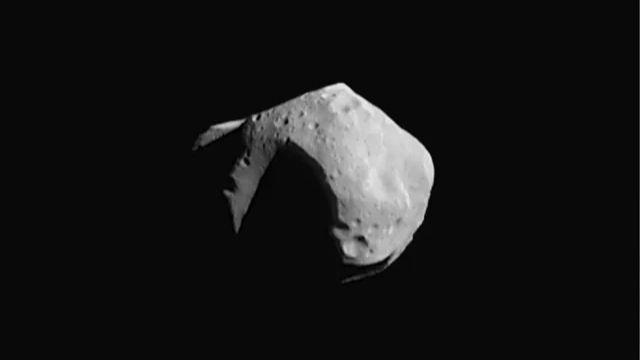World Asteroid Day is celebrated globally on June 30 each year to raise awareness about asteroids. It also deals with the measures that should be taken should Eath face a near-object threat. This day was designated by the United Nations General Assembly to mark the biggest asteroid event that happened in Siberia.
In 1908, Tunguska hit Siberia, making it the largest asteroid to date to affect planet earth.
The day was co-founded by scientist Stephen Hawking, filmmaker Grigorij Richters, B612 Foundation President, Danica Remy, Apollo 9 astronaut Rusty Schweickart, and astrophysicist Brian May – who incidentally was the guitarist of the rock band Queen.
What is an Asteroid?
Known as the leftover material of the Solar System, Asteroids are small, rocky objects orbiting the Sun. They are generally found between the orbits of Mars and Jupiter.
It ranges from the size of pebbles to around 600 miles across. According to experts, it is believed that there are several hundred thousand asteroids exist in our Solar System.
History
The United Nations General Assembly adopted a resolution A/RES/71/90 in December 2016 and June 30 was declared as International Asteroid Day.
This decision was taken on basis of a proposal made by the Association of Space Explorers and the Committee on the Peaceful Uses of Outer Space (COPUOS).
Events are organised on this day to spread awareness about asteroids and meteors. The events are conducted by ESA (European Space Agency), JAXA (Japanese Aerospace Exploration Agency), Roscosmos (Russia), ISRO (India), and NASA (USA).
What is the Tunguska Event?
According to NASA: “The only entry of a large meteoroid into Earth’s atmosphere in modern history with firsthand accounts was the Tunguska event…This meteor struck a remote part of Siberia but didn’t quite make it to the ground. Instead, it exploded in the air a few miles up. The force of the explosion was powerful enough to knock over trees in a region hundreds of miles wide…Locally, hundreds of reindeer were killed”.







